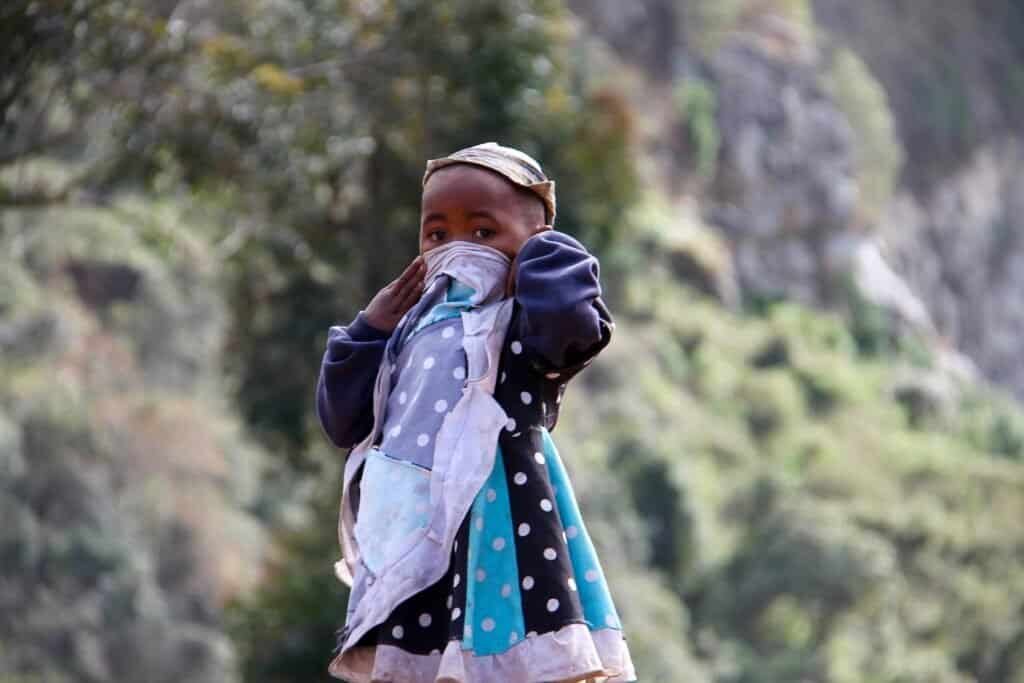Isolated for millions of years, Madagascar has evolved truly unique flora and fauna found nowhere else on earth. Trekking through rainforest trails, you’ll encounter dancing lemurs, chameleons of all colors, and the quirky aye-aye with its extra-long finger.
But Madagascar offers more than wildlife encounters. Dreamy beaches lined with palms fringe the coasts, and calcite tsingy stone forests create sharp dramatic landscapes unlike anywhere else. The people’s traditions also reveal the blending of various cultures over time.
Top destinations include Ranomafana National Park to track golden bamboo lemurs, Nosy Be’s idyllic beaches and dive sites, Île Sainte Marie for a lost in time tropical feel, Isalo National Park’s sculpted canyons, and the tsingy stone forests of Bemaraha Reserve. The avenue of baobabs astounds at sunrise and sunset.
The best time to visit Madagascar is during the cool, dry season between April and November. December through March see increased heat, humidity and rain. But lemurs can still be spotted year-round in the rainforests. The iconic baobabs bloom with large white flowers in spring.
Outdoor adventures thrive from hiking through tsingy formations to witnessing sunset silhouetting the baobabs. Snorkel turquoise waters among coral gardens off tropical beaches. Spot dancing sifakas in deciduous forests and go canyoning through waterfalls outside Fianarantsoa. Relaxation combines with encounters of the natural kind.
From beach bungalows to eco-lodges, Madagascar offers wonderful accommodations. Top choices include stargazing from your room in Isalo National Park, diving straight from Nosy Iranja Lodge, and beach picnics on Île Sainte Marie. Personalized service provides a warm welcome.
In Ranomafana, experienced guides lead you to spot 12 lemur species including tiny mouse lemurs. Boat excursions in Manafiafy approach colonies of fruit bats. The Baie de Baly Reserve protects radiated tortoises. Throughout Madagascar, unique wildlife thrives, putting on quite a show.

